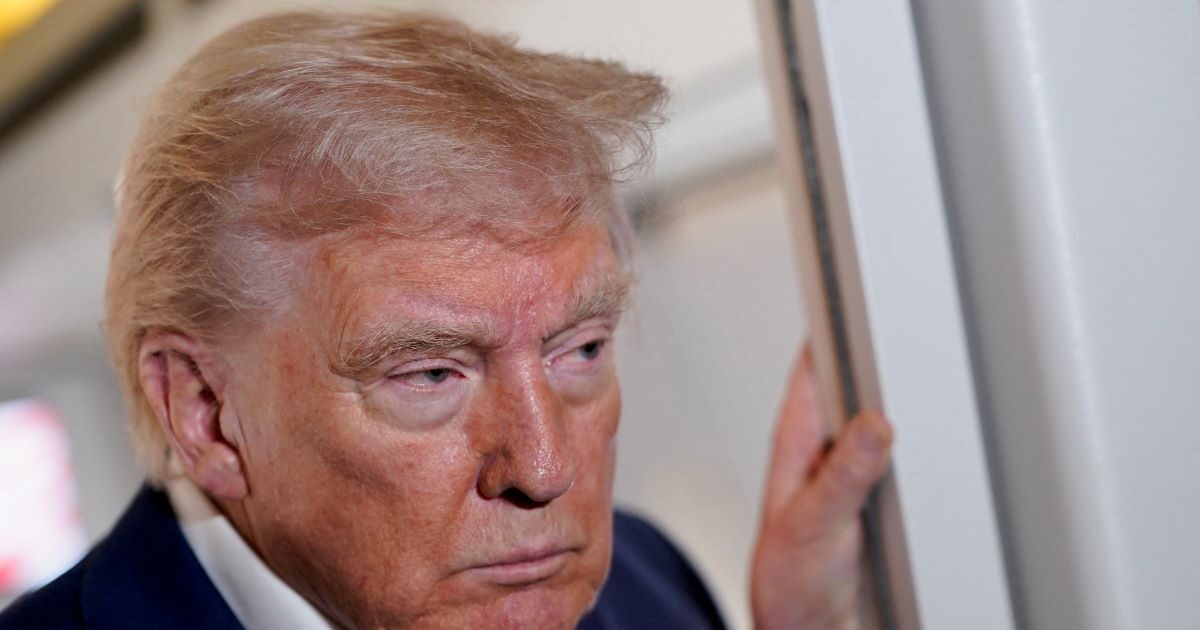Three possible scenarios on the course and impact of the “unorthodox”, as it describes it, of the commercial policy of the US president, Donald Trumpthe German Credit Evaluation House is considering Scope Ratings.
According to the leader of Scope Ratings for the evaluations of countries, Alvise Lennkh-Yunus, the full implementation of Donald Trump’s proposed duties would recommend “the biggest shock to trade for more than 100 years“And he stresses that the maintenance of such measures” will have significant consequences for the creditworthiness of both the US and the countries around the world “.
Even if Trump finally decides to withdraw the duties – which is unlikely – “confidence in previous alliances and supply chains will not be fully restored, resulting in permanent financial damage,” he adds.
Given the great uncertainty due to the difficulty of predicting the movements of the US president, Scope trained three scenarios in view of the forthcoming revision of his forecasts for growth and fiscal figures.
1. Light duties
The first scenario of Light duties, where the duties announced are the “ceiling” and a starting point of US negotiations with other countries. A combination of US soothing by other countries and structural reforms will lead to a new balance, based on a slightly greater degree of protectionism than before. Despite the changes, the consequences of world trade and capital flows will be limited.
In this scenario, America enters technical recession – two consecutive quarters with negative GDP – but growth for 2025 remains positive. Worldwide uncertainty is limited.
2. Commercial War
The scenario of the trade war. The announced duties are fully applied and become a permanent element of American commercial policy. Reacting, most major economies – including the European Union and China – are in countermeasures, resulting in a significant reduction in world demand, the redirect of supply chains and significant uncertainty in 2025, with the flows of capital remaining free.
In this scenario, the US will be in recession for the whole of 2025 and the adverse effects on global development and credit conditions will become more intense, especially for countries with closer trade ties with the US.
3. Financial and financial crisis
Third scenario, which is the worst, concerns the manifestation of economic and financial crisis. According to this, the announced duties are largely permanent and treated with reciprocal duties from most major economies, including the EU and China.
This scenario further predicts that the Trump government accelerates the course of isolationism, establishing capital controls. The rules -based global commercial and financial system is in danger of collapse and confidence in the US dollar, as a global safe asset, is significantly weakened, leading to a great reassessment of US assets KAI causing financial crisis. A further consequence will be the entry of the American economy into a deep recession in 2025-2026. The extent of the crisis, in such a scenario, creates great credit hazards for countries.
Scope notes that the final impact on growth, inflation, public debt and other indicators that determine his credit ratings will eventually depend on the macroeconomic environment that will emerge from US policies, from the reactions of commercial partners and the subjects Strong and weak points of countries Before commercial shock.
The degree to which US policy affects other countries will depend on their dependence on exports of products to the US as well as their financial interconnections.
The most exposed countries, in terms of export In dollars, it is the Chinathe Mexicothe Canada and the Germany.
In terms GDP most exposed is the Vietnam (with exports corresponding to 26% of its GDP), the Canada (20%), the Ireland (12%) and the Thailand (10%).
With reference to interconnection with american banking systemthe most exposed are the countries of the G7 – with first in order Japan following the Britainthe Canadathe France and the Germany.
